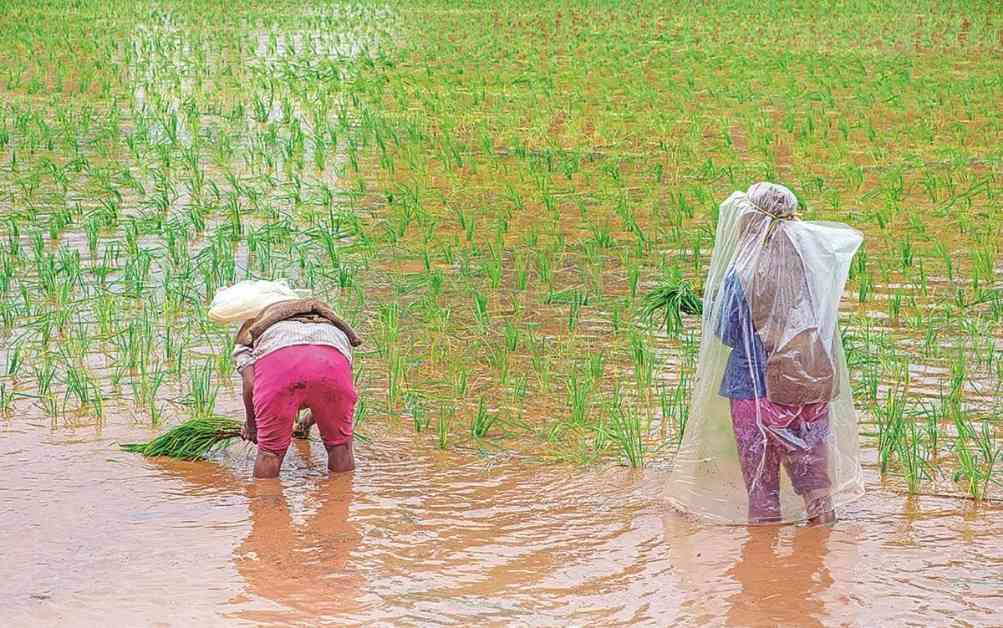Analysis of Kharif Acreage in India
The monsoon season plays a crucial role in shaping the agricultural landscape of India, particularly during the Kharif season. As of August 23, data analysis reveals that the total area under Kharif crops in the country stands at around 106.5 million hectares. This represents a 2% increase compared to the same period last year. However, it is important to note that this figure is 2.81% lower than the average acreage of the past five years.
One of the key highlights of this year’s Kharif season is the significant increase in the acreage of crops such as arhar, groundnut, soybean, and cotton. These crops have surpassed their five-year average, indicating a positive trend in terms of cultivation and production. Farmers have shown resilience in adapting to changing weather patterns and market demands, leading to a more diversified and sustainable agricultural sector.
Impact of Monsoon Rainfall on Kharif Crops
The monsoon rainfall plays a dual role in the cultivation of Kharif crops. On one hand, it provides much-needed water for irrigation and crop growth. On the other hand, excessive rainfall can lead to waterlogging and flooding, causing damage to crops and affecting overall yield. As of August 27, the Southwest monsoon has been 7% above normal levels, with Central and Southern India experiencing a surplus of over 17% in rainfall.
With the onset of La Nina, the weather patterns are expected to become more unpredictable, with the potential for stronger and more erratic rainfall. This poses a challenge for farmers who must navigate the fine line between adequate moisture for crop growth and excessive rainfall that can harm their harvests. The next few weeks will be critical in determining the impact of monsoon rains on the final yield of Kharif crops.
Challenges and Opportunities for Farmers
The current scenario presents both challenges and opportunities for farmers across India. While the increase in acreage for key crops is a positive sign, the looming threat of excessive rainfall raises concerns about crop damage and reduced yield. Farmers must adopt resilient farming practices, such as improved drainage systems and crop diversification, to mitigate the risks associated with unpredictable weather patterns.
Moreover, the surplus rainfall in certain regions can also lead to the spread of waterborne diseases and pest infestations, further complicating the agricultural landscape. Farmers need to stay vigilant and proactive in monitoring their crops and implementing timely interventions to protect their harvests.
Forecast for the Remainder of the Kharif Season
As we look ahead to the remainder of the Kharif season, all eyes are on the weather forecast for the coming weeks. The potential for surplus rains in September raises concerns about field inundation and lodging, which can have a detrimental impact on crop quality and yield. Farmers, agricultural experts, and policymakers must work together to monitor the weather patterns closely and provide timely guidance to farmers.
In conclusion, the impact of monsoon rainfall on Kharif acreage in India is a complex and multifaceted issue that requires a holistic approach. By leveraging data analysis, forecasting tools, and stakeholder collaboration, we can navigate the challenges posed by erratic weather patterns and optimize the potential for a bountiful Kharif harvest. Stay tuned for further updates and insights on the evolving agricultural landscape in India.






















